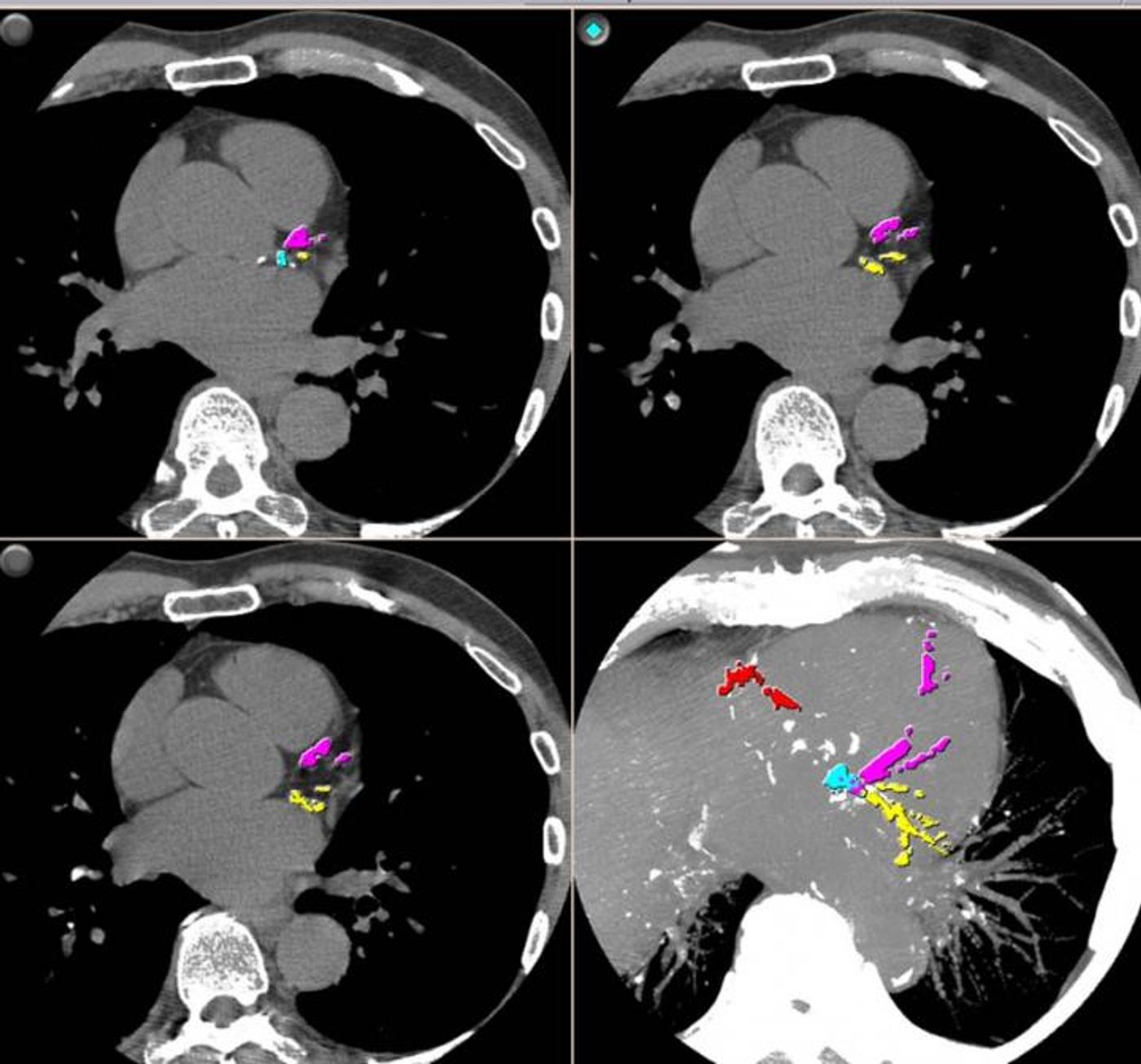Enlarged Aortas in Retired NFL Players Raises Risk for Aneurysms
The aorta’s response to repeated strenuous exercise that embodies a professional football career has been found to be associated with an increased risk of aortic aneurysm, a potentially life-threatening condition that can require surgical intervention. The results of a new study demonstrating these findings are being presented today, at the annual meeting of the Radiological Society of North America.
The aorta is the largest artery in the human body, transporting oxygenated blood from the left ventricle of the heart to the rest of the body. A new study, whose principal investigator, Dermot Phelan, MD, PhD, spent five years studying the heart health of former NFL players, looked for an association between participation in the NFL and an increased prevalence of aortic enlargement, which increases the risk of aneurysms developing.
An aneurysm develops when a section of the artery wall weakens, followed by abnormal widening or ballooning. In addition to the aorta, aneurysms can occur in the brain, behind the knee, in the intestine, and in the spleen. There are usually no symptoms until the aneurysm bursts, in which case the condition becomes an emergency, sometimes requiring surgery to fortify the artery wall with a stent. Risk factors like high blood pressure, smoking, connective tissue disorders, and genetics (you can be born with developing aneurysms) are associated with all types of aneurysms.
In their new study, researchers compared 206 former NFL players to 759 non-players, all males older than 40 and with a BMI greater than 20. They gathered imaging data of the heart via a technique called “cardiac gated non-contrast CT,” and they collected coronary artery calcium scores to measure atherosclerotic plaque levels.
"Patients whose ascending aortas are more than 4 centimeters in diameter are generally considered to have dilation, which can progress over time and potentially weaken the wall of the aorta," explained study author Christopher Maroules, MD.
The study’s results showed that, indeed, former NFL players had “significantly larger ascending aortic diameters.” Nearly one-third of the NFL participants showed an aorta wider than four centimeters, compared to just just 8.6 percent of non-players. The two groups shared similar coronary artery calcium scores.
Maroules said that aortic enlargement is “likely not associated with atherosclerosis cardiovascular disease” since the coronary artery calcium scores were nearly identical among all participants.
What does this mean? After years of intense physical activity in the NFL (and potentially other professional sports leagues), the aortas of athletes undergo some type of “remodeling process.”
"It remains to be seen if this remodeling sets athletes up for problems later in life," Maroules said. "We're just scratching the surface of this intriguing field, and imaging can play an important role in it."
Sources: American Heart Association, Radiological Society of North America










